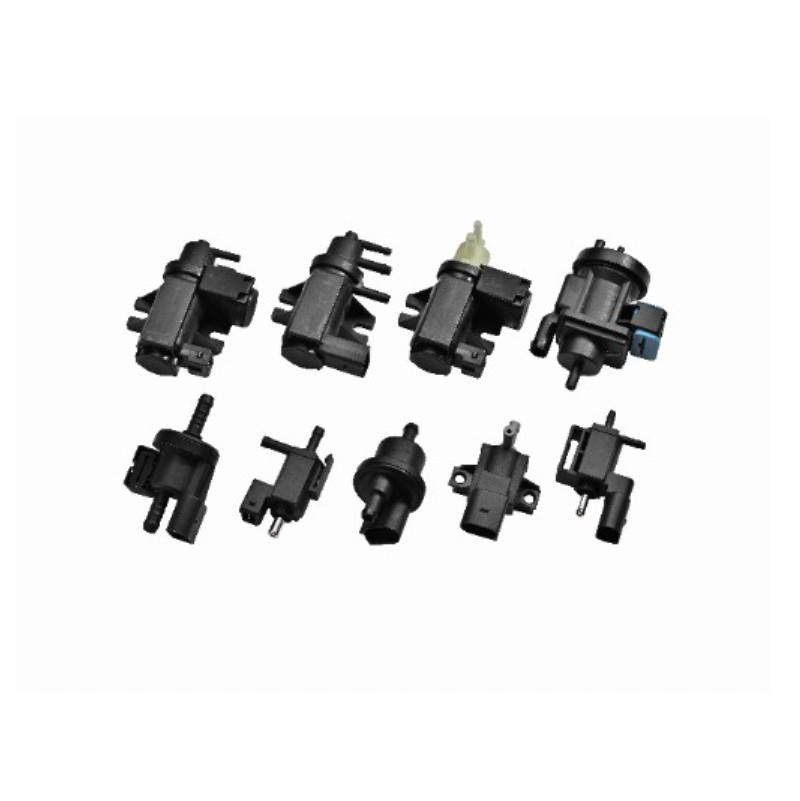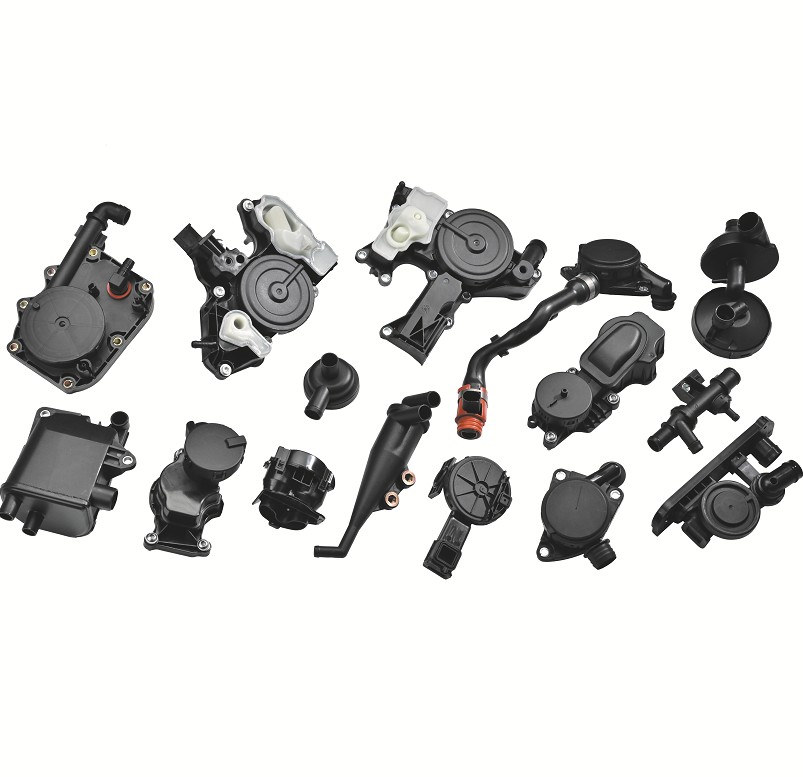When the vehicle is driving, especially in rainy days, muddy roads or passing through flooded sections, the windshield is easily covered by mud, sewage or rainwater splashed by the vehicle in front. If these liquids are not removed in time, they will quickly form mottled stains on the glass surface, blocking the driver's vision, especially at high speeds or complex road conditions, which may cause safety hazards. The windshield washer nozzle can quickly dissolve impurities in the liquid by evenly spraying cleaning fluid, and cooperate with the scraping action of the wiper to completely remove the stains, restore the transparency of the glass, and ensure that the driver can still maintain a clear view in emergencies.
When driving in dry weather or on unpaved roads, dust, sand and other particles are easily accumulated on the windshield surface. These fine particles not only reduce the transparency of the glass, but also may cause glare in direct sunlight, interfering with the driver's vision. In addition, long-term accumulated dust may wear the wiper rubber strip and affect its service life. The surfactant in the cleaning fluid can wrap dust particles, separate them from the glass surface, and completely remove them under the scraping action of the wiper, while reducing the wear on the glass and wiper, and extending the service life of related parts.
When driving at high speed, the sticky debris left by insects hitting the windshield is a common stubborn stain. After drying, these debris will form spots that are difficult to remove and may even corrode the glass coating. Ordinary water or wipers cannot effectively remove these organic substances, while the solvent components in the cleaning fluid can soften and decompose the protein and grease in the insect debris, making it easier to be scraped off by the wiper. Regular use of cleaning fluid can prevent the damage to the glass caused by the long-term accumulation of insect debris.
When the vehicle is parked under a tree or passing through a bird habitat, the windshield may be stained with gum or bird droppings. These stains are highly sticky and corrosive. If not removed in time, they may damage the hydrophobic coating on the glass surface or the wiper rubber. The organic components in gum and bird droppings can be neutralized and decomposed by the cleaning fluid, making it easier for the wiper to completely remove them. In addition, the antibacterial ingredients in the cleaning fluid can inhibit the growth of bacteria on stains, reduce odors, and improve the comfort of the interior environment.
When driving on urban roads or industrial areas, the windshield may be attached with oily particles or industrial dust in the exhaust gas, forming a fuzzy oil film. This oil film will cause water marks to remain after the wipers are scraped, especially at night or on rainy days, and the refraction of light may further interfere with the driver's vision. The detergent in the cleaning fluid can dissolve the grease components in the oil film, restore the hydrophilicity of the glass surface, and make the rainwater evenly distributed and flow down quickly, thereby ensuring the efficient operation of the wipers. In addition, regular use of cleaning fluid can also prevent permanent damage to the glass caused by long-term accumulation of oil film.


 English
English русский
русский Español
Español Deutsch
Deutsch











